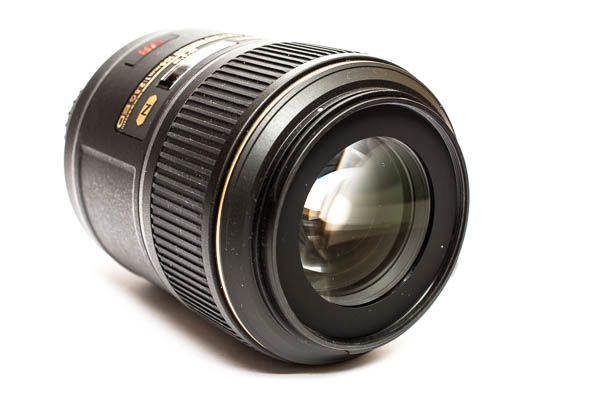

Next down on the list is the Tokina 100mm f/2.8. It maintains image stabilization, but it loses autofocus compatibility and focus shift shooting with the Nikon Z cameras. The Tamron 90mm f/2.8 VC is just a slight step down from them in features. Both of these lenses have image stabilization, Nikon’s focus shift/focus stacking feature, and compatible autofocus with any of Nikon’s cameras, including the Z mirrorless series. The two most fully-featured lenses are the Nikon F 105mm f/2.8 VR and the Sigma 105mm f/2.8 OS.
#MAKRO OBJEKTIV SERIES#
Won’t autofocus on Nikon Z series or DSLRs without a focus motor Partly front element moves within stationary outer barrel

Let’s start by taking a look at the specifications of these six macro lenses. If you know you need one of these lenses instead, by all means, go ahead and get it. For example, some older macro lenses like the Nikon 200mm f/4 and 70-180mm f/4.5-5.6 are arguably better for certain purposes, especially if you need to stand farther back from your subject (though they do have their own disadvantages like price and weight). However, six macro lenses obviously are not all macro lenses! I’m going to add lenses to this article as I test them, but I wanted to publish what I have right now rather than delaying. These are the current generation macro lenses from six of the major lens manufacturers, which is why I prioritized testing them. We’ll test those two soon enough, but today, here’s a comparison of a half dozen popular macro lenses already on the market.Īlthough this article says “for Nikon,” the truth is that five of these six lenses are third-party optics, so you can most likely attach them on whatever camera system you have. * AF will not function with Pentax ist* series and K100D DSLR cameras that do not support HSM.I’ve tested a lot of macro lenses for Nikon cameras recently, which is lucky timing given the upcoming 50mm and 105mm Z-series macro lenses. * Sony A and Pentax mounts are not incorporated with OS function.
#MAKRO OBJEKTIV FULL#
To find which DC lens is equivalent to a full frame lens, divide the focal length of the full frame lens by the same crop factor. To find the 35 mm camera equivalent focal length, multiply the DC lens focal length by the “crop factor” (digital multiplier) of 1.5, 1.6 or 1.7, depending on the brand of DSLR camera on which the lens will be used. * Vignetting will occur if the lens is used with image sensor larger than APS-C size or 35mm SLR, and APS Film SLR cameras. The degree to which light is refracted by glass depends on the light's waveleng…Īll figures calculated by SIGMA SA mount. SIGMA’s original OS (Optical Stabilizer) function uses sensors inside the lens … The polygonal shape of a conventional iris dia phragm causes out-of-focus light… The Hyper Sonic Motor (HSM) is an original SIGMA development that uses ultrason… The brass mount combines high precision with rugged construction.


 0 kommentar(er)
0 kommentar(er)
